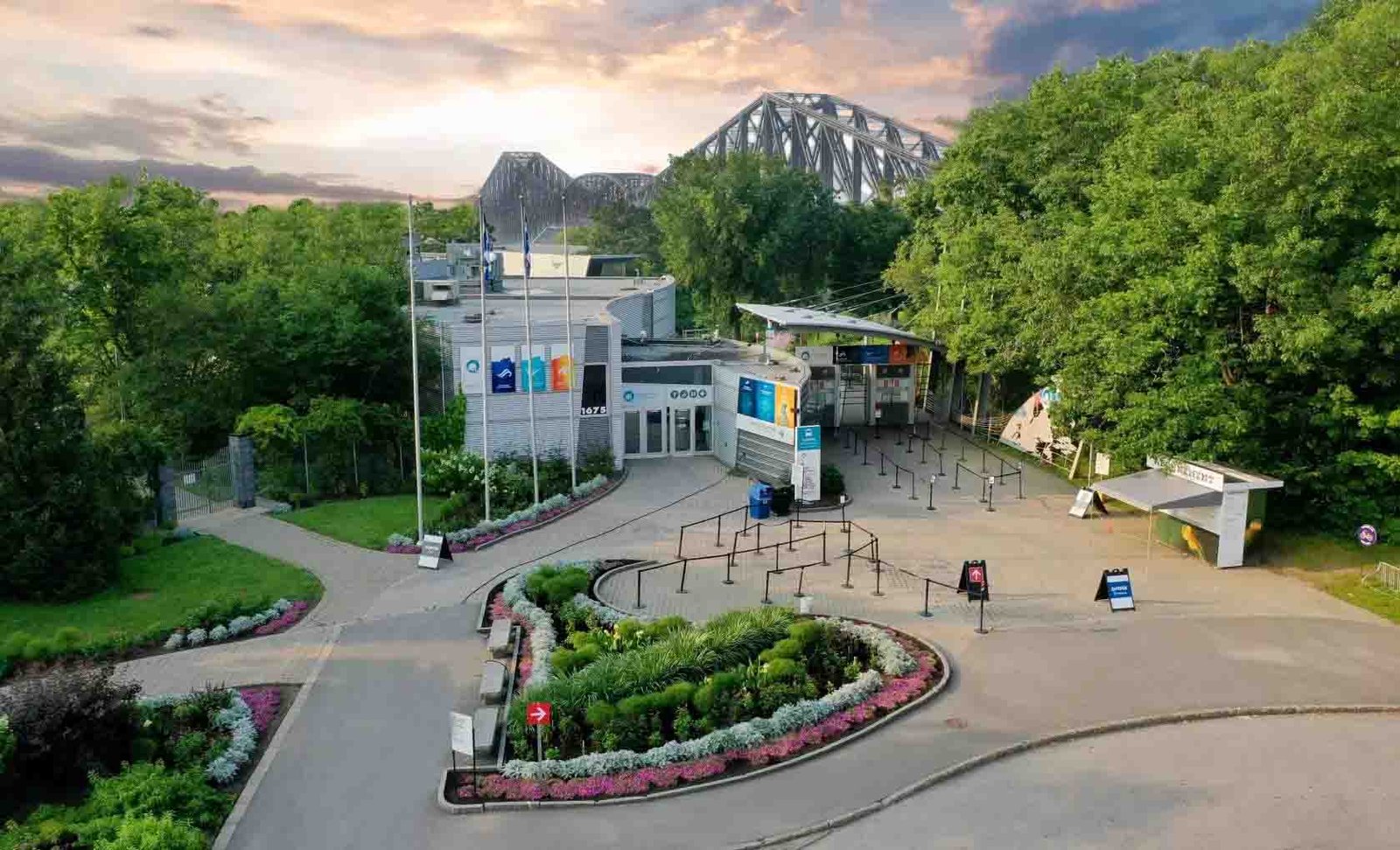A Visitor’s Guide to Laurier House National Historic Site: History, Tours, and Political Legacy
Laurier House National Historic Site, located in Ottawa, is a fascinating museum and former residence of two of Canada’s most influential prime ministers—Sir Wilfrid Laurier and William Lyon Mackenzie King. This historic mansion offers a unique glimpse into the private and political lives of these leaders, showcasing personal artifacts, furnishings, and insights into their time in office. Visitors can explore the well-preserved rooms, learn about the decisions that shaped Canada’s history, and experience the grand Victorian architecture that defined the era.
A Historic Home of Two Prime Ministers
Laurier House was originally built in 1878 and became the residence of Sir Wilfrid Laurier, Canada’s seventh Prime Minister, in 1897. After Laurier’s death in 1919, the house was bequeathed to William Lyon Mackenzie King, Canada’s longest-serving Prime Minister, who lived there from 1923 until his death in 1950. In his will, King left the house to the people of Canada, and it has since been designated a National Historic Site.
The house is located in the Sandy Hill neighborhood of Ottawa, close to Parliament Hill, and it served as a quiet retreat where these leaders could reflect, entertain guests, and conduct political affairs.
What to See and Do at Laurier House
- Explore the Historic Rooms:
- Visitors to Laurier House can explore the beautifully restored rooms, which are furnished with original pieces from both Laurier and King’s time. The house has retained much of its original Victorian charm, with period furniture, tapestries, and decorative details.
- Sir Wilfrid Laurier’s Study: This room reflects Laurier’s personal style and work habits, offering insight into his time as Prime Minister. It was here that Laurier conducted some of his important political discussions and wrote correspondence during his years in office.
- William Lyon Mackenzie King’s Bedroom and Study: King’s study and bedroom are filled with personal items that reflect his unique character and interests, including his fascination with spiritualism and séances. Visitors can see his vast library of books, as well as personal artifacts like his desk, bed, and even the crystal ball he reportedly used for his spiritual practices.
- Mackenzie King’s Personal Artifacts:
- One of the highlights of Laurier House is the extensive collection of personal belongings of Mackenzie King. Visitors will find objects that reflect King’s eclectic personality, including his interest in spiritualism, such as tarot cards, letters about séances, and correspondence with his mother (to whom he was deeply attached).
- King was known for his rather unconventional beliefs, and visitors will learn about his use of spiritualism to seek guidance in his personal and political decisions. The house contains artifacts and writings that delve into his spiritual explorations.
- Library and Personal Papers:
- King was an avid reader and writer, and his vast library remains one of the most impressive aspects of Laurier House. Visitors can browse through shelves of books, personal writings, and political papers that document his long and influential career. His library also contains important documents related to some of the key decisions made during his time in office, including his leadership during World War II.
- Political and Personal Legacy:
- Throughout Laurier House, visitors can learn about the political achievements and personal lives of both Sir Wilfrid Laurier and Mackenzie King. The exhibits provide in-depth information about their contributions to Canadian politics, including Laurier’s efforts to promote national unity and King’s leadership during some of Canada’s most challenging times, including the Great Depression and World War II.
- Interactive displays and interpretive panels tell the stories of how these leaders shaped Canada’s identity and political landscape.
- Beautiful Architecture and Gardens:
- The house itself is a stunning example of Victorian architecture, with intricate woodwork, high ceilings, and beautifully decorated rooms that reflect the style of the late 19th and early 20th centuries. The exterior gardens are also worth exploring, offering a quiet place to relax and reflect on the historical significance of the site.
- Guided Tours and Special Events:
- Guided tours are available for visitors who want to learn more about the history of Laurier House and the lives of its former residents. Knowledgeable guides share fascinating stories about the house, its occupants, and the role it played in shaping Canadian politics.
- The site also hosts special events throughout the year, including talks, lectures, and reenactments that bring the history of Laurier House to life. These events often focus on themes such as Canada’s political history, Victorian life, and the personal interests of Laurier and King.
The Legacy of Laurier and King
Sir Wilfrid Laurier is remembered for his efforts to promote national unity in a time of division between English and French Canada. He was Canada’s first Francophone Prime Minister and remains a symbol of bilingualism and compromise in Canadian history.
William Lyon Mackenzie King, on the other hand, is best known for leading Canada through the Great Depression and World War II. His leadership was marked by pragmatism, and despite his unconventional personal beliefs, he remains one of Canada’s most influential political figures. Laurier House reflects both of their legacies, offering a personal and intimate view of these important leaders.
How to Get There
Laurier House is located just a short distance from downtown Ottawa and is easily accessible by car, public transportation, or on foot.
- Address: 335 Laurier Avenue East, Ottawa, ON K1N 6R4
- Public Transport: The site is accessible via OC Transpo buses, and it is within walking distance of several other Ottawa attractions.
- Parking: Free parking is available near the house for visitors.
Visiting Hours and Admission
Laurier House is open to the public from May to October, with guided tours available throughout the day. Admission fees apply, with discounts for children, seniors, and families.
- Hours: Open seasonally, May through October.
- Admission: Tickets can be purchased on-site or through the Parks Canada website.
- Official Website: https://www.pc.gc.ca/en/lhn-nhs/on/laurier
Best Time to Visit
The best time to visit Laurier House is during the spring and summer months, when the gardens are in full bloom, and guided tours are in full swing. Autumn is also a lovely time to visit, with the fall colors adding to the charm of the site. Winter visits are possible by appointment, but the house is not open for regular tours during the colder months.
A Must-See Historic Site in Ottawa
Whether you’re interested in Canadian political history, architecture, or the personal lives of influential figures, Laurier House National Historic Site offers a rich and immersive experience. With its beautifully preserved rooms, fascinating personal artifacts, and in-depth stories about two of Canada’s greatest Prime Ministers, Laurier House provides visitors with a unique and intimate look into the country’s political legacy.






Leave a Reply